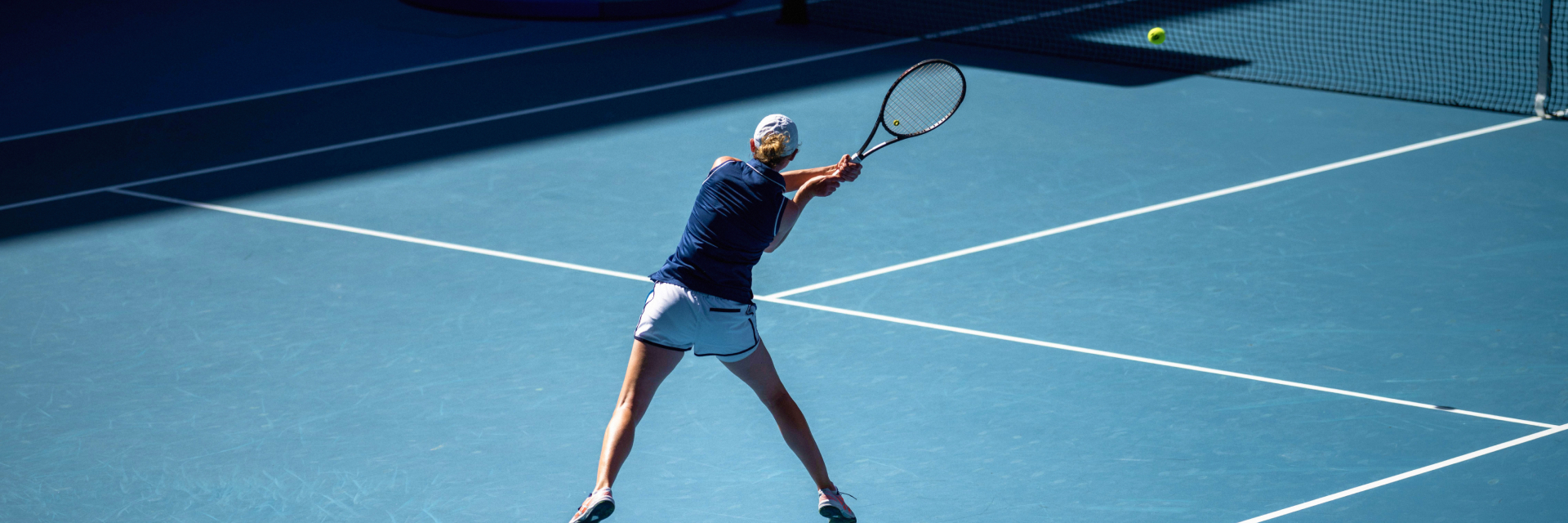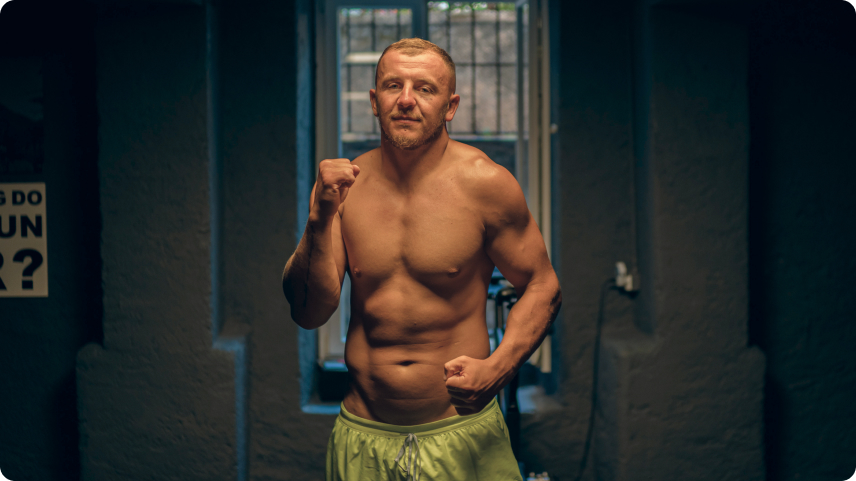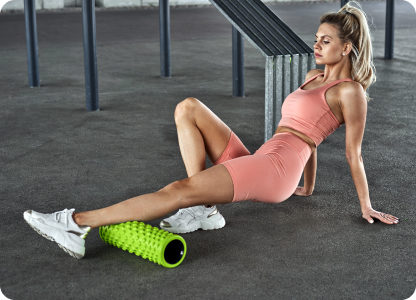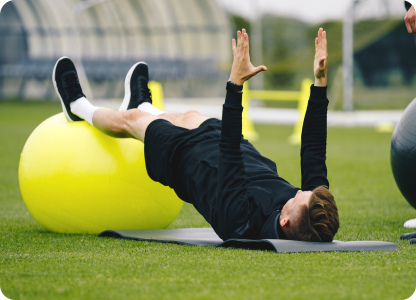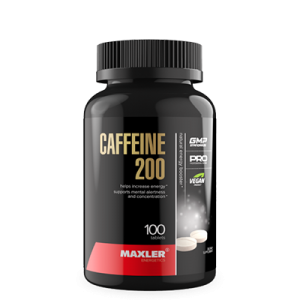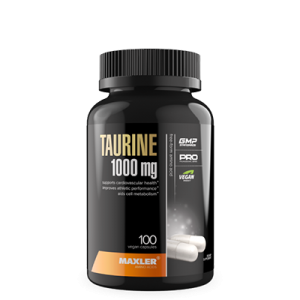If you go to the gym often or play sports, you’re probably familiar with the feeling of soreness in your muscles. It can occur during exercise, or a few days after exercise. One of the most common types of muscle soreness is DOMS – delayed onset muscle soreness.
It occurs because of a type of exercise we do – eccentric exercise. The force we apply to the muscle is bigger than the force that our muscle produces, which lengthens the muscles during a contraction1. An example of this type of movement would be one that lowers a weight, like the lowering part of a bicep curl. When we’re not used to the load or the movement, we might get DOMS.
You’re likelier to experience DOMS if you’ve not trained for a while or if you’re at the beginning of your training season2.
How does DOMS feel?
DOMS happens between 24 and 72 hours after a workout or exercise. The main things you might experience are feelings of stiffness, tenderness and ache, especially during movement3. DOMS tends to subside within 4-6 days after the exercise4.
Another key aspect of DOMS is its effect on your athletic performance. It tends to decrease your range of motion, impacting strength and endurance5. You should ensure to recover from DOMS to avoid increasing risk of injury6.
Why does it occur?
There are a few different theories on why DOMS happens, however any single one cannot explain the effects of DOMS fully. It seems to be an interplay of muscle damage, lactic acid, and inflammation, as well as other factors.
Eccentric exercise causes certain structural components of muscle tissue to become damaged. The structural tears lead to cells leaking enzymes. Alongside this, pain receptors are stimulated, so you feel soreness and pain in the muscle7.
Another theory relates to lactic acid. One of the previous ways of thinking was that the build-up of lactate causes muscle soreness. It is made by our muscle cells when they produce energy through glycolysis8. That is the first step in producing energy from glucose and happens without using oxygen9. During high loads you’re not used to, our muscles work in anaerobic conditions, and release a lot of lactate and other metabolites.
This causes an increase in acidity in our muscles, which decreases our body’s ability to clear out the molecules causing its rise. This makes it harder for our muscles to do work, as they can’t effectively clear themselves and stop producing energy efficiently. Finally, inflammation kicks in10.
Inflammation causes white blood cells and other ones from our immune system to come to the muscle, breaking it down. But that doesn’t mean that your muscle size suffers – after this period, the same muscle cells increase signals that lead to their repair11.
What can I do about DOMS?
DOMS can be an unpleasant experience, so it’s good to know what you can do to help battle its symptoms. The good thing is that your body can adapt to the damage done by exercise, meaning that you won’t feel the symptoms as much the next time you exercise12. Here are a few things you can try to help you minimise the soreness associated with this condition:
- A massage. Trying it 2 hours after a workout can reduce the feelings of soreness 48 hours after you’ve exercised. This happens because massaging the area might decrease inflammation13. You can try massaging the areas yourself, using a foam roller or a regular one – 10-20 minutes of massaging after exercise should be enough to decrease soreness14.
- Stretch after working out. Passive stretching during the three days after you’ve worked out can help you feel less pain and soreness15.
- Cold shower. Immersing yourself in cold water after a workout can help recover strength and improve soreness16.
- Compression garments. These are clothes that apply pressure to the skin and muscles and can help increase circulation. They can help with decreasing soreness17.
- Exercise. Doing some exercise can help decrease the soreness, however the effect might be temporary. If you’re an athlete and are expected to train daily, try to stick to a lower intensity or shorter workouts in the few days after one that caused DOMS18.
Foods to manage soreness
There are also a few nutritional strategies you can use to help with DOMS. Including certain foods and nutrients in your diet can help you manage the unpleasant symptoms19. You can increase your intake of polyphenols, which are compounds found in plants with antioxidant and anti-inflammatory properties. Try getting more berries and fruits, or drink cherry or pomegranate juice after your workout.
You can also try getting some of the following micronutrients:
Caffeine can be used to help with the symptoms, and taking 5 mg for each kilo of body weight 24 hours after exercising. Maxler Caffeine 200 can be an easy way to do that, as each pill contains 200 mg of caffeine.
Omega-3 fatty acids are great at helping take care of inflammation, and taking around 1.8-3 g of omega-3s after a workout can help with reducing symptoms.
Finally, take taurine. Taurine is an acid found in meat and certain foods. It helps our cells regulate calcium and even acts as an antioxidant. You can take taurine on its own or combine with BCAAs to reduce soreness. Maxler Taurine 1000 mg is an easy vegan supplement to get started with.
Use nutritional and physical approaches together to help you recover from DOMS and achieve your results.
